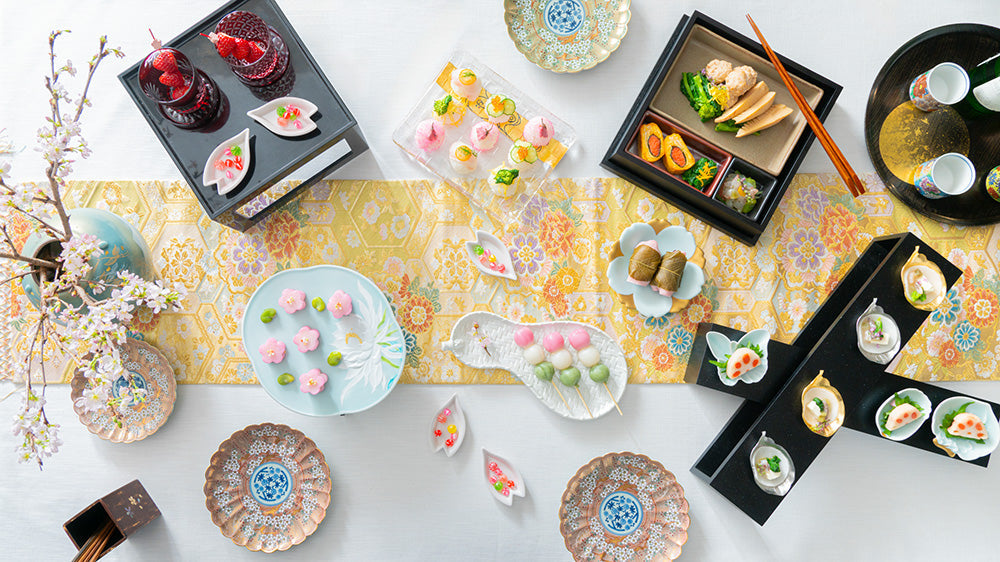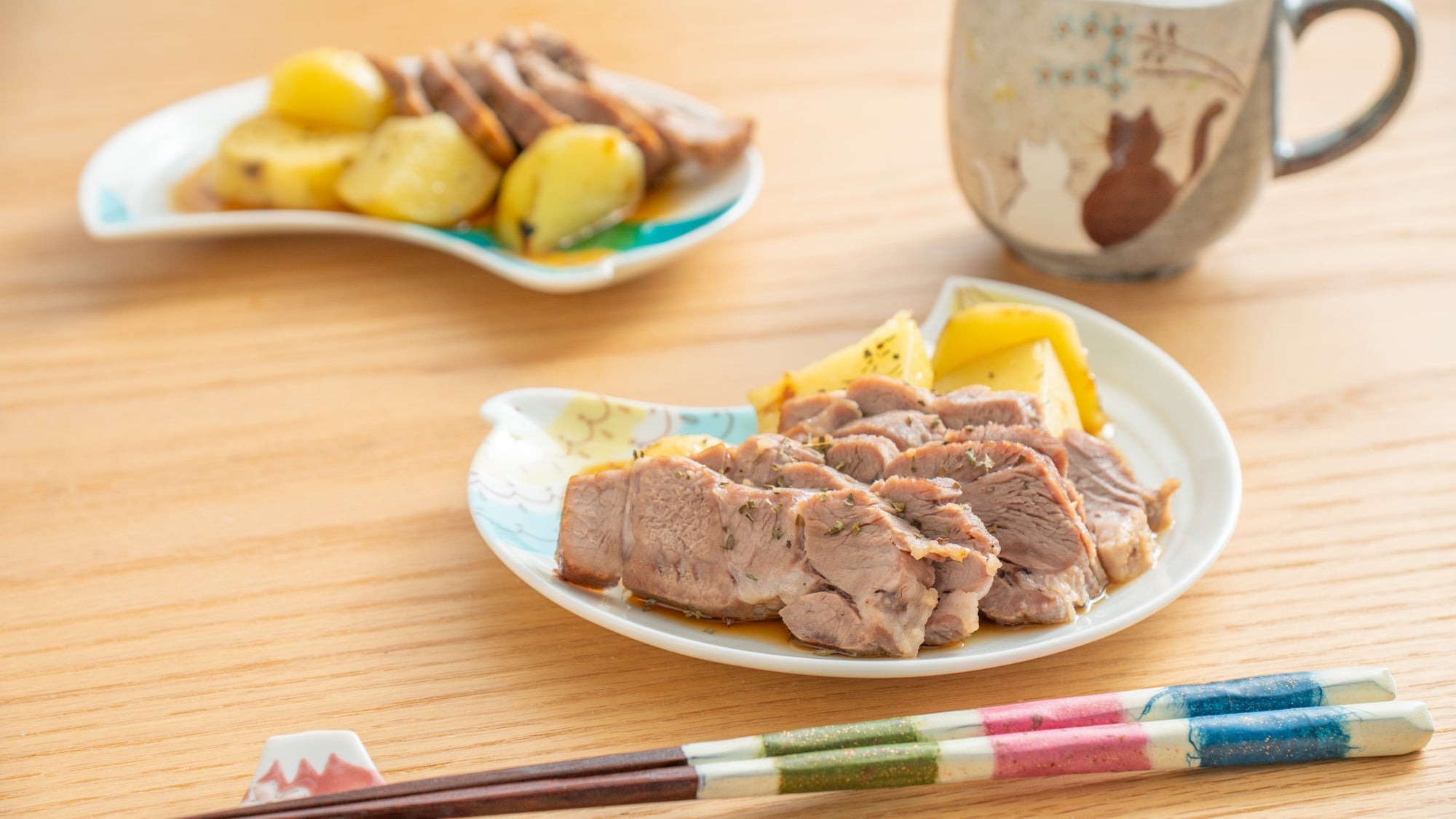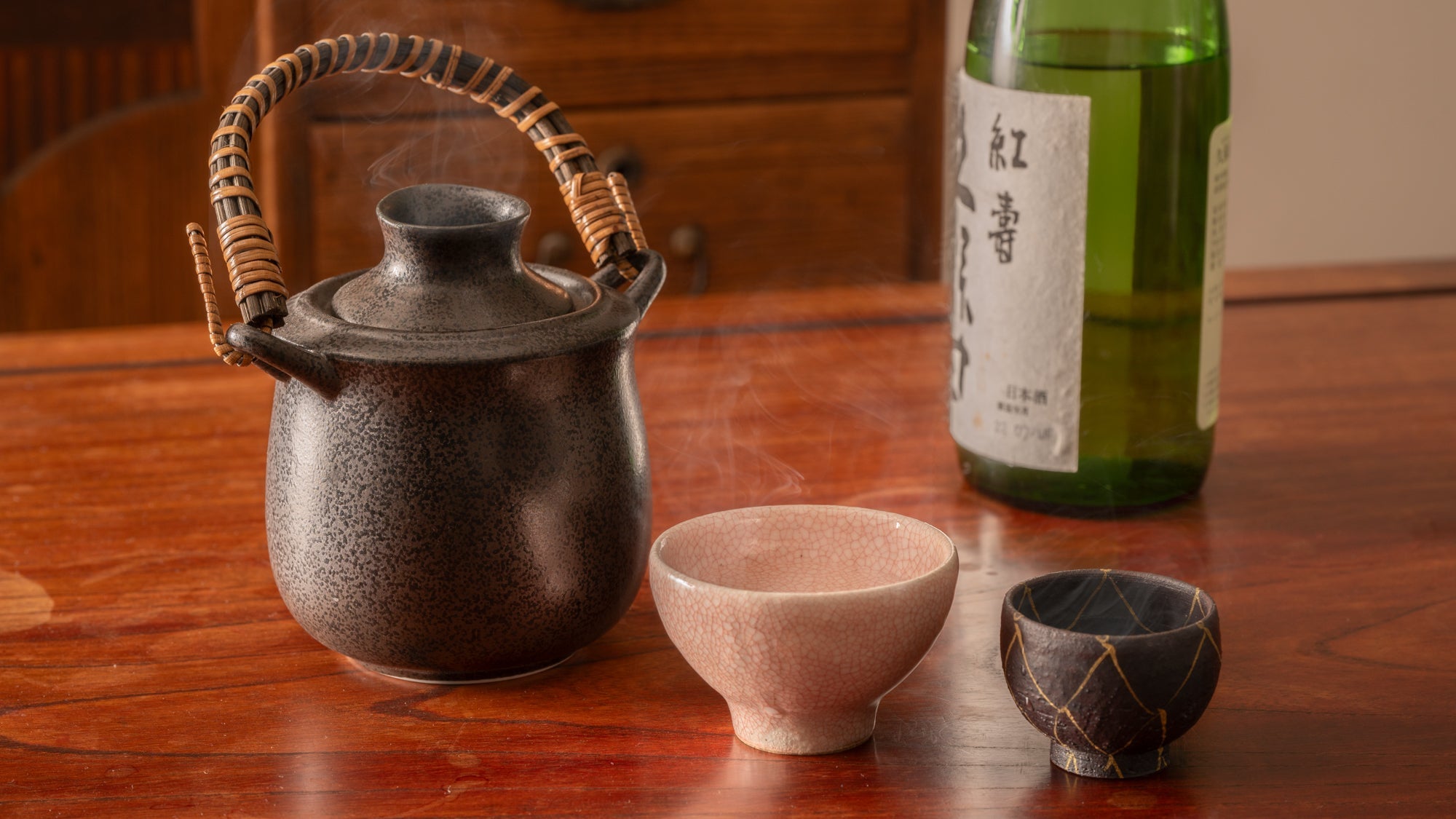
Discovering Japan's Summer Fruit Delights
Written by Team MUSUBI
Japan's summer is a season of vibrant colors and refreshing flavors, where an array of exquisite fruits beautifully contrasts the sweltering heat. As the temperature rises, local markets and stores become brimming with a delightful selection of seasonal produce, each offering a unique taste of the Japanese summer.
From the succulent sweetness of watermelons to the crisp juiciness of shine muscat grapes to the aromatic allure of plums and the fresh fragrance of peaches—these fruits not only provide a delicious respite from the heat but also reflect Japan's meticulous approach to cultivation and appreciation of natural flavors. Join us on a journey to discover the enchanting world of Japanese summer fruits, where each bite offers a refreshing taste of Japan's natural beauty.
Table of Contents
Watermelon


The above image is for illustrative purposes only.
Among the various regions in Japan, a few stand out as the primary producers of these delightful fruits. Tottori Prefecture, located on the west coast of Japan's main island, Honshu, is renowned for its high-quality watermelons. The prefecture's sandy soils and sunny climate provide ideal growing conditions, producing watermelons with exceptionally sweet and juicy flesh. The watermelons from Tottori are so esteemed that they are often given as luxury gifts, presented in beautifully wrapped boxes.
Another notable region is Kumamoto Prefecture on the southern island of Kyushu. Kumamoto has the highest watermelon harvest in Japan. It cultivates a nationally renowned brand of watermelon, characterized by its refined sweetness with a sugar content of around 13%.
In Japan, there is also a game called suika wari, where a blindfolded participant tries to smash a watermelon with a stick. This playful activity, typically enjoyed at beach outings and festivals, adds an element of fun to the simple pleasure of eating watermelon.
Shine Muscat Grape

The cultivation of Shine Muscat grapes requires meticulous care and optimal conditions. They are predominantly grown in Japan's Okayama and Yamanashi prefectures, regions renowned for their ideal climate and fertile soil. These areas benefit from long sunny days and cool nights, which are perfect for grape cultivation.

The above image is for illustrative purposes only.
Shine Muscat grapes are often considered a luxury fruit in Japan, frequently given as gifts during special occasions. They are often presented in beautifully crafted boxes, making them a popular choice for gifting.
These grapes can be enjoyed in various ways. They are delicious when eaten fresh, allowing you to savor their natural sweetness and firm texture. Freezing Shine Muscat grapes is also highly recommended. While their aroma and sweetness may be slightly diminished, you can enjoy a unique, crunchy texture. They offer a taste similar to ice cream or sorbet, making them perfect for a hot summer day.
Plum

Japanese plums are primarily grown in Wakayama Prefecture, which accounts for about 70% of the country's plum production. This region, located in the Kansai area, boasts ideal growing conditions with its mild climate and well-drained soil. Wakayama's signature specialty, the Nanko-ume plum, is renowned for its thick flesh and incredible softness. The secret to its melt-in-your-mouth texture is that the plums are allowed to ripen fully on the tree and fall naturally. This natural ripening process ensures that the fruit is richly flavorful and delightfully tender.
Another notable area for plum production is the Kanto region, particularly Gunma and Saitama Prefectures. These areas contribute significantly to Japan's plum harvest and are known for producing plums that are slightly different in taste and texture compared to those from Wakayama, providing a delightful variety for plum enthusiasts.


Peach

The primary peach-growing regions in Japan are Yamanashi, Fukushima, and Nagano prefectures. Yamanashi Prefecture, located near the iconic Mount Fuji, is often referred to as the peach capital of Japan. The region's climate, with its hot summers and cool winters, is ideal for peach cultivation. Yamanashi peaches are famous for their large size, vibrant color, and deliciously sweet flavor. The prefecture produces more peaches than any other region in Japan, making it a key player in the country's peach industry.

The above image is for illustrative purposes only.
In Japan, peaches are more than just a delicious fruit; they hold cultural significance and are often associated with longevity and good fortune. They appear in various Japanese myths and legends, symbolizing immortality and happiness. One of the most famous stories is that of Momotaro, the Peach Boy, a folklore hero born from a giant peach who goes on to perform heroic deeds. Among the Seven Lucky Gods, Jurojin represents health and longevity, and he is often depicted holding a peach.
This summer, indulge in the rich diversity of Japanese fruits and savor the refreshing and delightful flavors in every bite. Whether it's the sweet watermelon, crisp grapes, or fragrant plums and peaches, let these delicious fruits accompany you through the hot summer days as we enjoy nature's bounty together. We hope this fruit journey gives you a deeper understanding of Japan's summer and brings you a touch of coolness and satisfaction.










Leave a comment
This site is protected by hCaptcha and the hCaptcha Privacy Policy and Terms of Service apply.